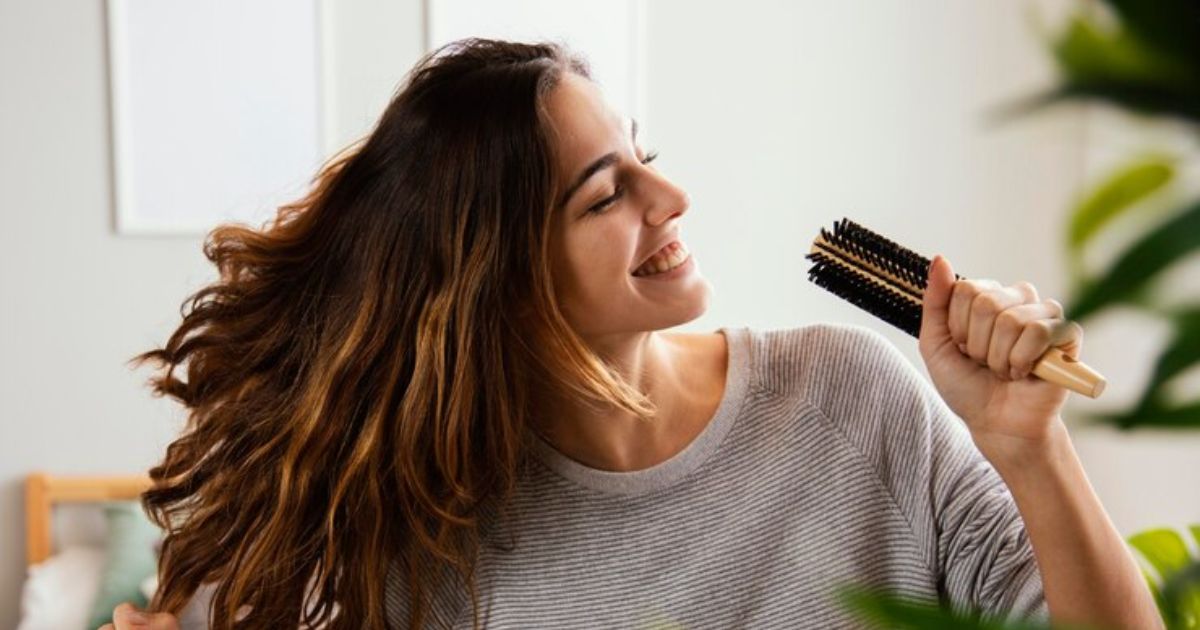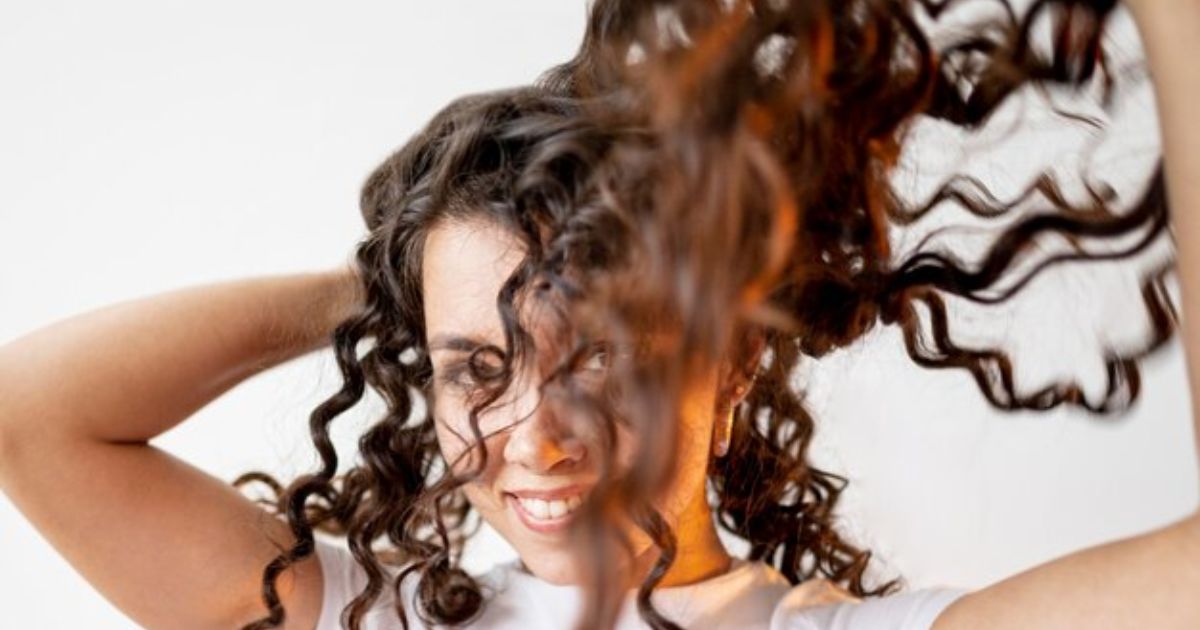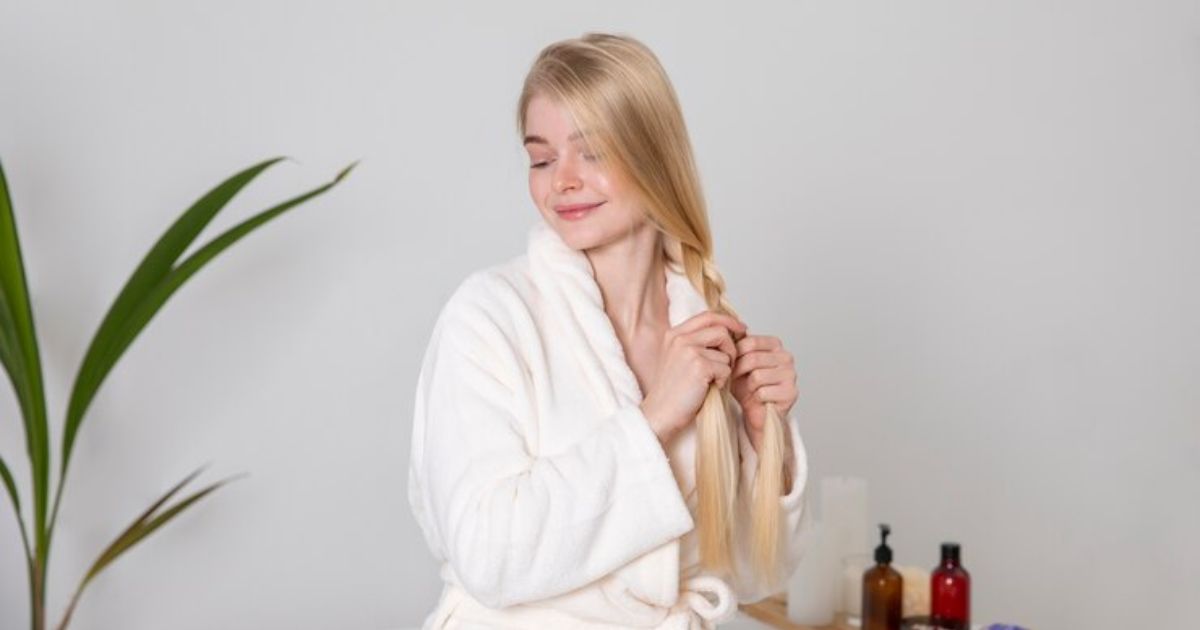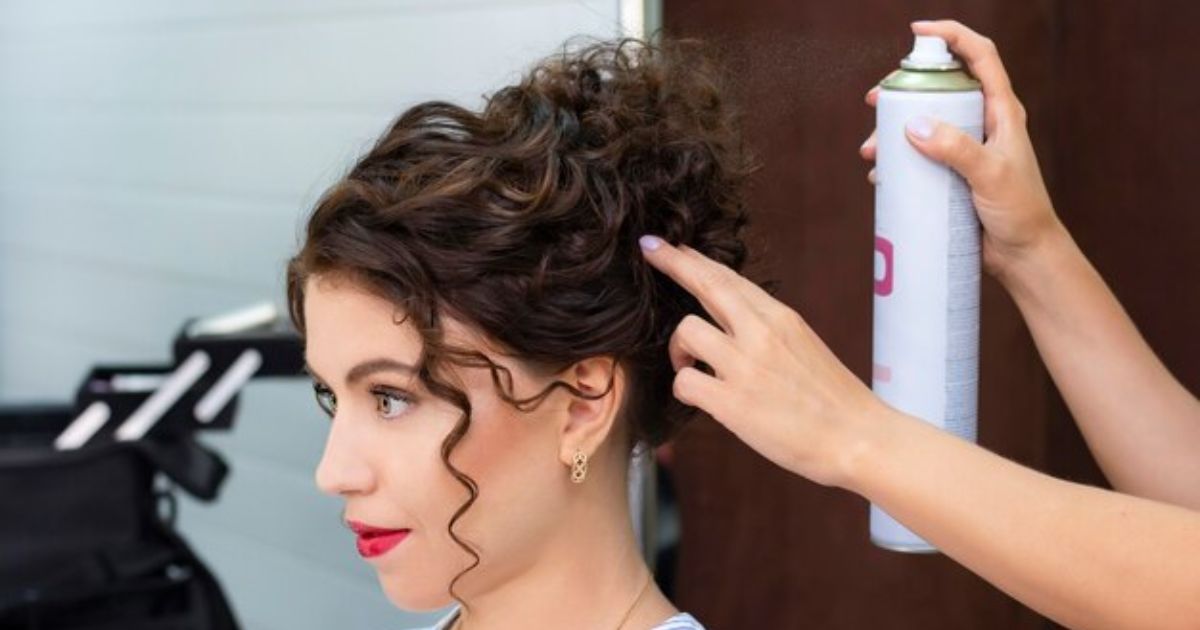In a world where personal style is valued and cherished, many individuals turn to heat styling as a means to achieve sleek and smooth hair. However, the frequent use of heat on our precious locks may come at a cost. This article delves into the effects of heat styling on hair health, explores the risks of frequent hair straightening, and provides valuable insights on maintaining a proper hair care routine. Join us as we unravel the truth and empower you to make informed choices about your hair.
Key Takeaways
- Straightening your hair once a week can lead to hair breakage, split ends, and weakened hair structure.
- Heat styling strips the hair of its natural moisture, resulting in dryness, frizz, and lack of shine.
- Excessive heat styling can make the hair more porous and susceptible to damage from external factors.
- Opting for alternative hairstyles and embracing natural texture can minimize the risks associated with frequent straightening.
The Effects of Heat Styling on Hair Health
The frequent use of heat-styling tools, such as straighteners or curling irons, can significantly impact the overall health and condition of your hair. These tools work by applying high temperatures to the hair shaft, which can lead to various issues, including the potential for hair loss due to the damage caused by excessive heat. This damage can result in hair breakage, split ends, and an overall weakened hair structure, which can ultimately contribute to hair loss.
Heat styling can strip the hair of its natural moisture, leading to dryness, frizz, and lack of shine. It is important to note that repeated exposure to heat can also cause the hair to become more porous, making it more susceptible to damage from external factors such as pollution or chemical treatments. Understanding the risks of frequent hair straightening is crucial in maintaining healthy and vibrant hair.
Understanding the Risks of Frequent Hair Straightening
Understanding the risks of frequent hair straightening is crucial for maintaining healthy hair. One of the main risks is hair damage, as excessive heat can weaken the hair shaft and lead to breakage and split ends. It is important to explore alternatives to straightening, such as air-drying or using heat-protectant products, to minimize the potential damage to your hair.
Hair Damage Risks
Excessive heat styling can pose various risks to the health and integrity of your hair. It is important to be aware of the potential damage that frequent hair straightening can cause. Here are three key risks to consider:
- Dryness and Brittle Hair: The high temperatures from straightening tools can strip away the natural moisture from your hair, leaving it dry and brittle. This can result in split ends and breakage.
- Heat Damage: Heat styling can cause irreversible damage to the protein structure of your hair. This can weaken the strands, making them more prone to breakage and frizz.
- Loss of Natural Texture: Frequent straightening can alter the natural texture of your hair over time. The heat can loosen curls or waves, making them less defined and harder to maintain.
Understanding these risks is crucial in making informed decisions about your hair care routine. Fortunately, there are alternative methods to straightening that can help you achieve the desired look without compromising the health of your hair.
Alternatives to Straightening
One effective alternative to frequent hair straightening is to embrace your natural texture and explore different hairstyles that enhance your hair’s unique qualities. Embracing your natural texture not only reduces the risk of hair damage but also allows you to embrace your individuality and authenticity. Instead of subjecting your hair to the heat and chemicals involved in straightening, you can opt for hairstyles that work with your natural waves, curls, or volume.
You can experiment with braids, and updos, or even try out different hair accessories to add flair to your look. Additionally, using products specifically designed for your hair type, such as curl-enhancing creams or volumizing sprays, can help you achieve the desired style without resorting to frequent straightening. By exploring alternatives to straightening, you can maintain the health and vitality of your hair while embracing your natural beauty.
Proper Hair Care Routine for Minimizing Damage
A consistent and well-executed hair care routine is essential for minimizing damage caused by regular hair straightening. To ensure the health and strength of your hair, consider incorporating the following practices into your routine:
- Deep Conditioning: Regularly using a deep conditioner helps to nourish and moisturize your hair, keeping it hydrated and less prone to damage.
- Heat Protectant: Before applying heat, always use a heat protectant spray or serum to create a barrier between your hair and the hot styling tools.
- Limiting Heat Exposure: Try to minimize the frequency of hair straightening and opt for alternative hairstyles that require less heat styling.
Protecting Your Hair From Heat: Tips and Tricks
To effectively safeguard your hair from heat damage, implementing proper heat-protectant products and employing heat-resistant styling techniques are crucial. Heat-protectant products create a barrier between your hair and the heat source, reducing the risk of damage. Look for products containing ingredients like silicones, which form a protective coating on the hair shaft. Apply the heat protectant evenly throughout your hair, focusing on the ends where damage is most likely to occur.
Try to minimize the use of heat-styling tools as much as possible. When using them, opt for lower heat settings and limit the exposure time. It’s also important to allow your hair to air dry partially before using heat styling tools, as wet hair is more prone to damage. Finally, consider using heat-resistant styling techniques, such as heatless curls or straightening methods, to achieve your desired look without subjecting your hair to excessive heat. By following these tips and tricks, you can protect your hair from heat damage and maintain its health and vitality.
Is Once a Week Too Much? Finding the Right Frequency
Determining the ideal frequency for straightening your hair involves considering factors such as hair type, condition, and the use of proper heat protection measures. It is important to find a balance between achieving your desired hairstyle and maintaining the health of your hair. Here are three key points to consider:
- Hair Type: Different hair types have varying levels of resilience to heat. Fine or damaged hair may require less frequent straightening to avoid further damage, while thicker or coarser hair can withstand more frequent heat styling.
- Hair Condition: The current condition of your hair is crucial in determining the frequency of straightening. If your hair is already dry, brittle, or prone to breakage, it is best to limit heat styling to prevent further damage.
- Heat Protection: Using heat protection products, such as heat protectant sprays or serums, can help minimize the damage caused by heat styling. Ensure that you are using these products correctly and consistently to provide an extra layer of protection.
Alternatives to Heat Styling: Embracing Natural Hair
Embracing the natural texture of your hair can be a rewarding alternative to frequent heat styling. By embracing your natural hair, you are not only protecting it from the potential damage caused by heat tools, but you are also celebrating your unique beauty and individuality. There are several ways to embrace your natural hair texture. One option is to simply let your hair air dry instead of using a blow dryer. This allows your natural waves or curls to shine through.
Another option is to experiment with different hairstyles that work with your natural texture, such as braids, twists, or buns. Additionally, using products specifically designed for your hair type can enhance and define your natural texture. Embracing your natural hair can lead to healthier and stronger locks, while also boosting your self-confidence. As we explore the benefits of embracing natural hair, it is important to consider the balance between achieving the desired style and maintaining the health of our hair.
Balancing Style and Hair Health: Making Informed Choices
When it comes to balancing style and hair health, it is important to consider heat damage prevention methods and explore alternative styling options. Heat damage prevention methods can include using heat protectant sprays, lowering the heat setting on styling tools, and reducing the frequency of heat styling. Additionally, individuals can embrace styling alternatives such as air drying, braiding, or using heat-free curling methods to achieve desired looks without compromising the health of their hair.
Heat Damage Prevention Methods
Implementing proper heat protection measures is crucial for maintaining the health and integrity of the hair while regularly using heat-styling tools. Heat damage can lead to dryness, breakage, and loss of natural shine. To protect your hair from heat damage, consider the following methods:
- Use a heat protectant spray: Applying a heat protectant spray before using heat styling tools creates a barrier between the hair and the heat, reducing the risk of damage.
- Adjust the temperature: Set your styling tools to a lower heat setting to minimize the potential for heat damage. Remember, higher temperatures don’t necessarily mean better results.
- Limit heat styling frequency: Give your hair regular breaks from heat styling to allow it to recover and maintain its natural moisture balance.
Styling Alternatives for Hair
Exploring various styling techniques can help individuals strike a balance between achieving their desired hairstyle and maintaining the health of their hair. While straightening hair once a week may cause damage over time, there are alternative styling options that can minimize the risk. One option is to embrace natural textures and wear the hair in its natural state. This can be achieved by using products that enhance curls, waves, or volume.
The alternative is to opt for protective hairstyles such as braids, twists, or buns, which can help to minimize manipulation and reduce exposure to heat and styling tools. Additionally, individuals can experiment with different hair accessories, such as headbands, scarves, or hair clips, to create versatile and stylish looks without relying on excessive heat or chemical treatments. By exploring these alternatives, individuals can maintain the health of their hair while still achieving their desired style.
FAQ’s
How Long Should I Wait Between Hair Straightening Sessions to Minimize Damage?
To minimize damage when straightening your hair, it is recommended to wait at least 2-3 days between sessions. This allows your hair to recover from the heat and prevent excessive drying or breakage.
What Are Some Signs That My Hair May Be Getting Too Damaged From Straightening?
Signs of hair damage from straightening include dryness, brittleness, split ends, and excessive breakage. Other indicators may include a lack of shine, reduced elasticity, and increased frizz. It is important to monitor the health of your hair and adjust your styling routine accordingly.
Are There Any Specific Products or Treatments That Can Help Protect My Hair From Heat Damage?
There are specific products and treatments available in the market that can help protect your hair from heat damage caused by frequent straightening. These products provide a barrier and nourishment to minimize the negative effects of heat styling.
Can I Still Achieve Straight Hair Without Using Heat Styling Tools?
Yes, it is possible to achieve straight hair without using heat styling tools. There are alternative methods such as using hair rollers, blow drying with a round brush, or opting for chemical treatments like a Brazilian blowout.
What Are Some Natural Hair Care Methods I Can Incorporate Into My Routine to Maintain Healthy Hair?
To maintain healthy hair, incorporate natural hair care methods into your routine. These methods include regular deep conditioning, using sulfate-free shampoos, minimizing heat styling, protecting hair from UV rays, and eating a balanced diet rich in vitamins and minerals.
Conclusion
In conclusion, frequent hair straightening can have negative effects on the health of your hair. It can lead to damage, dryness, and breakage. While straightening your hair once a week may be a common practice, it is important to understand the risks involved and take proper care of your hair to minimize damage. Consider alternatives to heat styling and find a balance between style and hair health to make informed choices for your hair.











